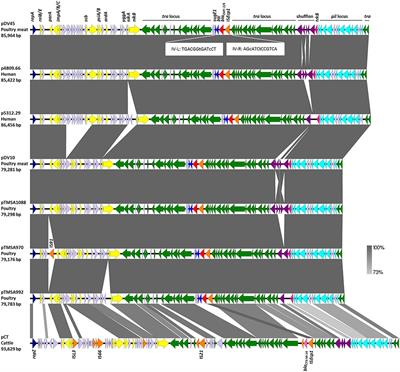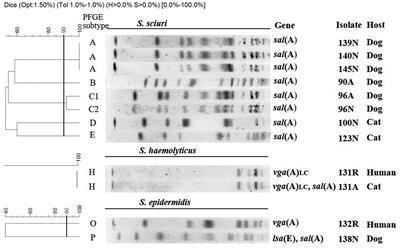EDITORIAL
Published on 05 Dec 2017
Editorial: Genetics of Acquired Antimicrobial Resistance in Animal and Zoonotic Pathogens
doi 10.3389/fmicb.2017.02428
- 7,888 views
- 12 citations
31k
Total downloads
138k
Total views and downloads
You will be redirected to our submission process.
EDITORIAL
Published on 05 Dec 2017
ORIGINAL RESEARCH
Published on 27 Sep 2017

ORIGINAL RESEARCH
Published on 12 Jul 2017

ORIGINAL RESEARCH
Published on 21 Jun 2017

ORIGINAL RESEARCH
Published on 19 May 2017

ORIGINAL RESEARCH
Published on 04 Apr 2017

ORIGINAL RESEARCH
Published on 29 Mar 2017

ORIGINAL RESEARCH
Published on 15 Mar 2017

ORIGINAL RESEARCH
Published on 14 Mar 2017

ORIGINAL RESEARCH
Published on 06 Mar 2017

ORIGINAL RESEARCH
Published on 01 Mar 2017

ORIGINAL RESEARCH
Published on 14 Feb 2017

